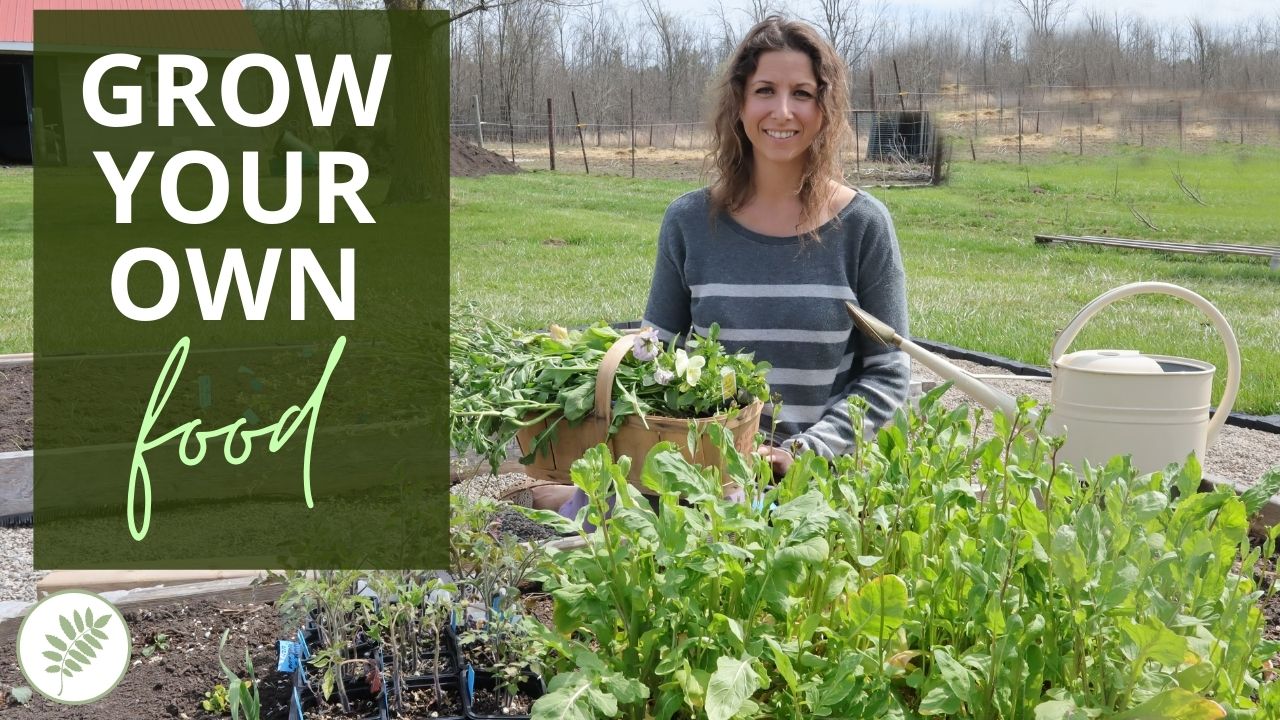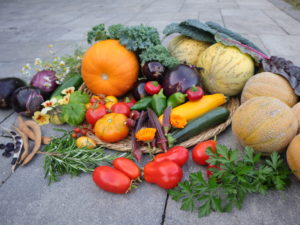New to Gardening? Learn to Grow Your Own Food
Steps to Grow Your Own Food
Prefer to read? Want a summary of the steps from the video? This is what you need to do to get your garden started and start growing your own food!
Find Your Garden Location
The first thing to do is find a spot where you want to grow. One key thing to consider is to find an area with a decent amount of sun – ideally 6+ hours. You can still grow some types of food if you only have 3 hours, but ideally try to find a spot with 6+ hours. If you have a shady garden, this post will help you decide what to plant.
If you don’t have space for a garden, you can rent a place to grow. There are community gardens or plots you can rent. I had one close to where I grew up. I never noticed it until I got a garden of my own, but they’re out there if you need them.
Add Ideal Garden Soil
Now that you have a spot to grow in, you’ll need to get some new soil. This is optional, but strongly recommended. I like using triple-mix for this (or sometimes it’s called 3-way mix). It’s just a mix of a few different types of soil that help your plants grow really well!
Buy plants
Next you need to buy some plants (or get some from a friend). I have a few videos on this topic:
Plant!
Now it’s time to plant! The video above shows you the step-by-step process on how to plant for success, but I’ll run down the steps here as well:
- Add the soil (triple-mix) to your garden bed
- Find out the right spacing for your plants. Read the plant labels or use a Garden Planner to help you lay out your garden design.
- Water before planting
- Dig a hole larger than your pot
- Remove the plant from the pot (unless the instructions say not to)
- Put the plant into the hole and fill the hole up with soil, pat it down
- Water again.
That’s it!
You’ve just planted your own food. Now what?
Maintenance
After you’ve planted you need to keep caring for your plants. It’s going to take some time for your plants to give you food. Gardening will definitely teach you patience!
Continue to care for your plants by watering and keeping the area relatively weed free so that your plants don’t die on you.
And in a few weeks or a few months (or sometimes even a few years), you’ll have food!
Still have questions? This free gardening guide might help.








